#Dee Brown
Text
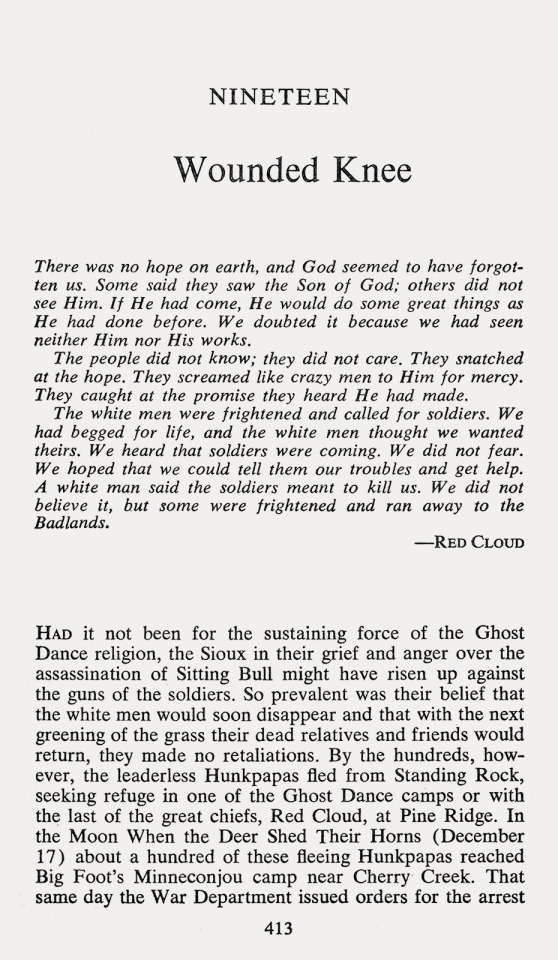
Dee Brown, (1970), Bury My Heart at Wounded Knee. An Indian History of the American West, Bantam Books, New York, NY, 1973, pp. 413-418
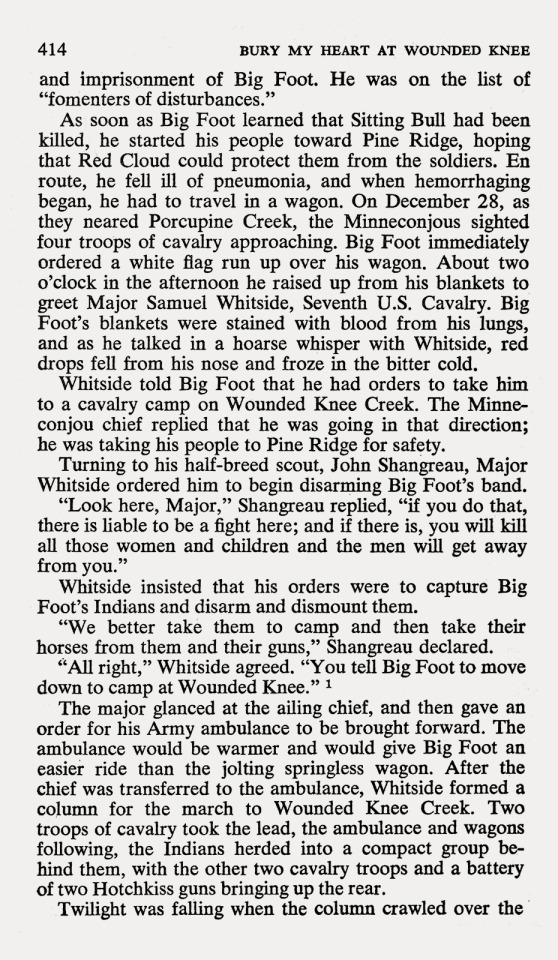
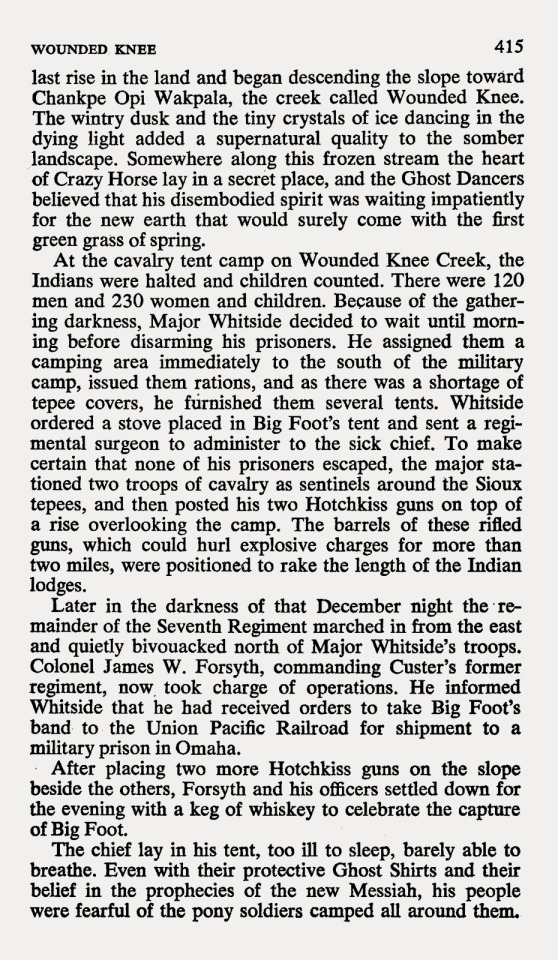
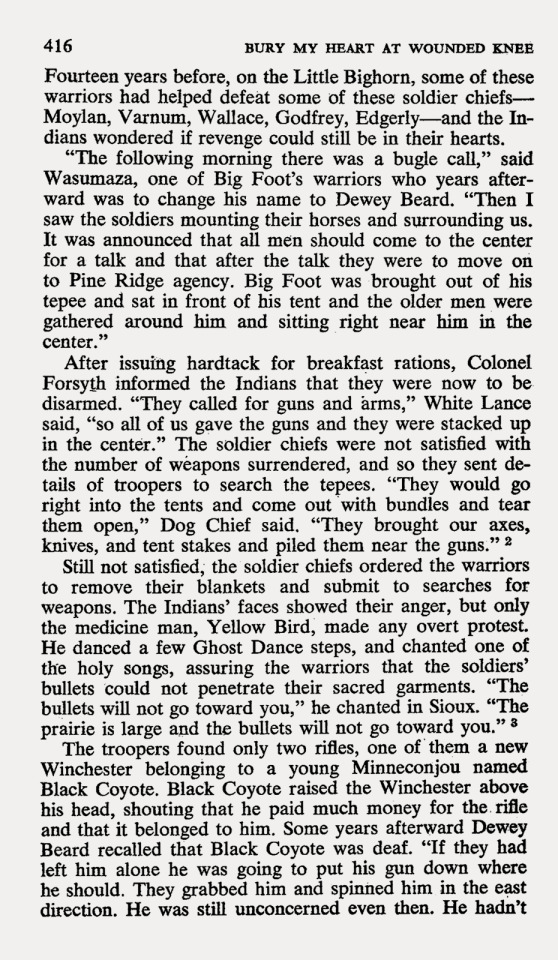


22 notes
·
View notes
Text
"And so, in the summer of 1885, Sitting Bull joined Buffalo Bill's Wild West Show, traveling throughout the United States and into Canada. He drew tremendous crowds. Boos and catcalls sometimes sounded for the "Killer of Custer" but after each show these same people pressed coins upon him for copies of his signed photograph. Sitting Bull gave most of the money away to the band of ragged, hungry boys who seemed to surround him wherever he went. He once told Annie Oakley, another one of the Wild West Show's stars, that he could not understand how white men could be so unmindful of their own poor. 'The white man knows how to make everything,' he said, 'but he does not know how to distribute it.'
--Dee Brown, Bury My Heart At Wounded Knee
27 notes
·
View notes
Photo
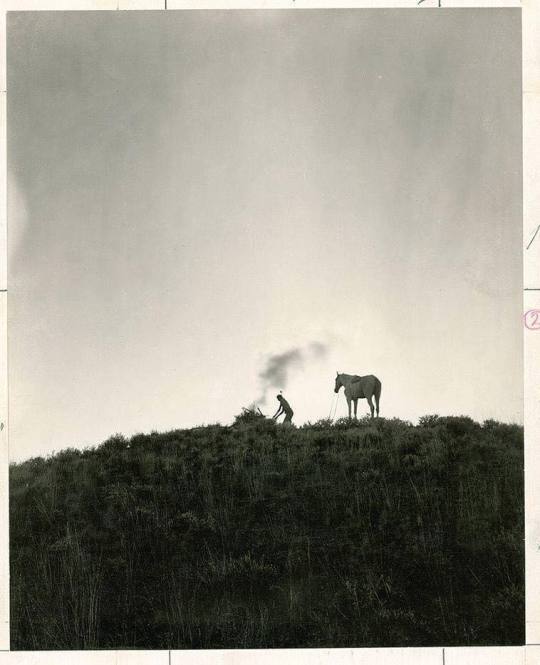
A Native American sends smoke signals in Montana, June 1909. :: [Old Photos]
* * * * *
“Treat all men alike.... give them all the same law. Give them all an even chance to live and grow. You might as well expect the rivers to run backward as that any man who is born a free man should be contented when penned up and denied liberty to go where he pleases. We only ask an even chance to live as other men live. We ask to be recognized as men. Let me be a free man...free to travel... free to stop...free to work...free to choose my own teachers...free to follow the religion of my Fathers...free to think and talk and act for myself.”
― Dee Brown, Bury My Heart at Wounded Knee: An Indian History of the American West
#Native American#smoke signals#Old Photos#Dee Brown#Bury My Heart At Wounded Knee#American West#quotes#freedom#equality#history
101 notes
·
View notes
Text

The Smile
#Reggie Lewis#Dee Brown#Boston Celtics#NBA Smiles#NBA#basketball#Hoops Media#Hoops Media Project#sports#sport#smile#happy
51 notes
·
View notes
Text
Nothing lives long, only the earth and mountains.
-Bury My Heart At Wounded Knee
#quotes#book quotes#literature#books & libraries#life quotes#dee brown#bury my heart at wounded knee
4 notes
·
View notes
Text

#african#afrakan#kemetic dreams#dee brown#brownskin#afrakans#africans#fitness#brown skin#deep reddish brown skin#fitnessmotivation#nba basketball#slam dunk
36 notes
·
View notes
Text
Críticas — Enterrem Meu Coração na Curva do Rio (2007), Assassinos da Lua das Flores (2023), Primeiro, Mataram o Meu Pai (2017)
Em terra de cego quem tem um olho é Rei
Desde a imaculada América pré-colombiana os índios americanos possuíam uma profunda afinidade espiritual com a natureza; surpreendentemente cuidadosos com o bem-estar ambiental, cuja terra era sagrada devido a sua ligação religiosa com os ancestrais. No entanto, o choque físico e cultural inevitável com os invasores logo após a promulgação da Independência…

View On WordPress
#Adam Beach#América pré-colombiana#Angelina Jolie#Angkar Pavedat#Anna Paquin#Apple TV Plus#Assassinos da Lua das Flores#August Schellenberg#J. Edgar Hoover#Blackfeet#Boy Scouts of America#Buffalo Bill#Camboja#Cassino Indígena#Dee Brown#Elaine Goodale#Enterrem Meu Coração na Curva do Rio#Ernest Burkhart#esse Plemons#FBI#Gray Horse#Guerras Indígenas#J. Edgar Hoover#Jesse Plemons#Khmer Vermelho#Leonardo DiCaprio#Lily Gladstone#Lon Nol#Loung Ung#Maddox Jolie-Pitt
2 notes
·
View notes
Text

8 notes
·
View notes
Text
Dances With Wolves - „We‘ve come far, you and me. - I will not forget you.“
youtube
Comment: First Lieutenant John Dunbar is wounded in the American Civil War and wants to be transferred to the western frontier after his recovery. When he arrives at his new post he finds it abandoned. Over time he becomes friends with the Lakota (a Sioux tribe) who live there - and gradually adapts to their free and nature-bound way of life. By the mid-19th century, the territory of the different Sioux tribes covered large areas of the U.S. states of South Dakota, North Dakota and Nebraska - and some parts of Minnesota and Iowa. The Black Hills in South Dakota were the center of its territory and viewed by the Lakota as the seat of the spirits and therefore sacred. After the U.S. military considers him a traitor, Dunbar is forced to abandon his Native American friends so they don't face reprisals. The scene above shows the moving farewell to his friend “Stands With A Fist”. The movie „Dances With Wolves“ was a reason to visit the former western „frontierland” by myself one day (I knew it was filmed in the Badlands area). Sometimes you must see, smell, hear and feel by yourself to understand.
Another reason was the book „Bury My Heart at Wounded Knee“ from Dee Brown which I have read as a teenager. The book expresses details of the history of American expansionism and its harmful effects on the Native Americans. Brown describes Native Americans' displacement through forced relocations and years of warfare waged by the United States federal government. The government's dealings are portrayed as a continuing effort to destroy the culture, religion, and way of life of Native American peoples. On my trips through the U.S. I came across this history and the stories described in the book from time to time: be it by running accidentally into the escape route of the Nez Perces in Yellowstone National Park or into the former battlefield between Sioux and U.S. Cavalry at Little Bighorn - or be it by the planned visits of Fort Laramie and of course the Black Hills.
#movies#filme#dances with wolves#blind understanding#farewell#blindes verstehen#abschied#bury my heart at wounded knee#dee brown#frontier#frontierland#grenzgebiet#friendship#freundschaft#books#bücher#Youtube
3 notes
·
View notes
Text
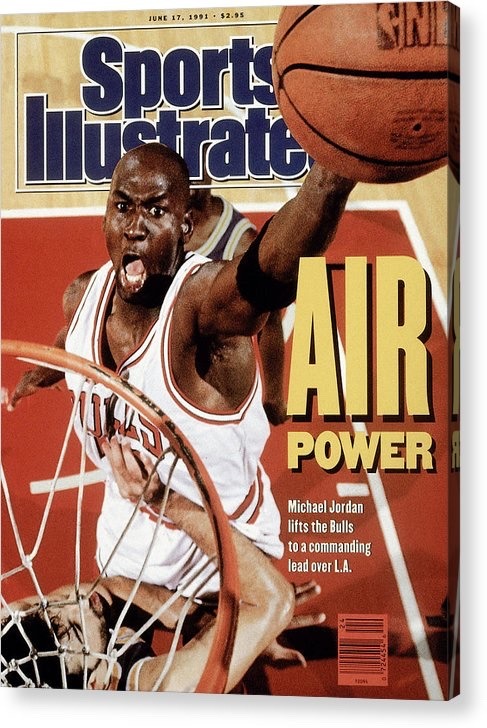
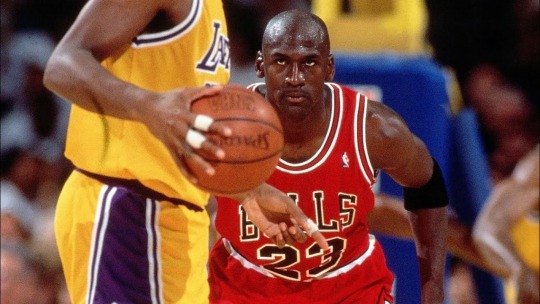







#chicago bulls#michael jordan#john daly#heisman trophy#Jimmy Connors#us open#dee brown#basketball#football#tennis#golf
2 notes
·
View notes
Text
It was Dee Brown of Little Rock, the author of Bury My Heart at Wounded Knee | Charles Portis
There were two vessels, the Ouachita and the City of Camden, and they ran on about a two-week cycle—New Orleans-Camden-New Orleans, with stops along the way. The round-trip fare, including a bed and all meals, was $50. Traditional steamboat decorum was imposed, with the men required to wear coats in the dining room. At night, after supper was cleared, the waiters doubled as musicians for a…
View On WordPress
1 note
·
View note
Text
i think i need to expand who my favourite historical people are and stop taking them all from dee brown books
#newest one is called chief joesph#i love him i love him i love him#my favourite pacifist guy#dee rambles#dee brown#chief joseph
0 notes
Text
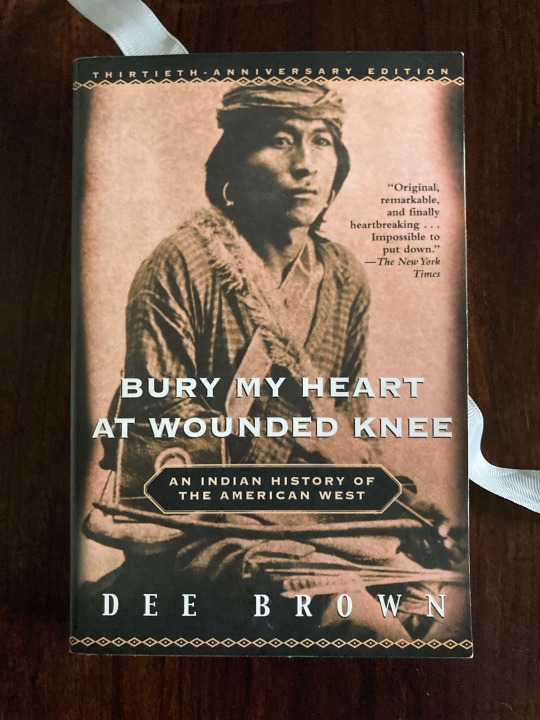
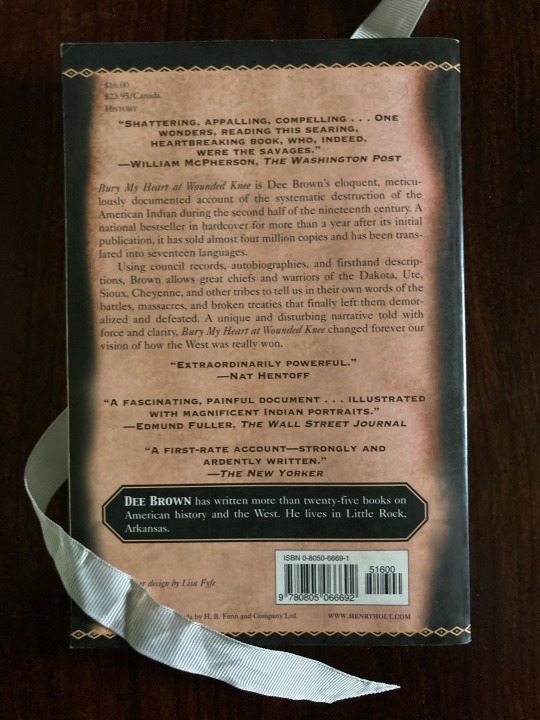
0 notes





